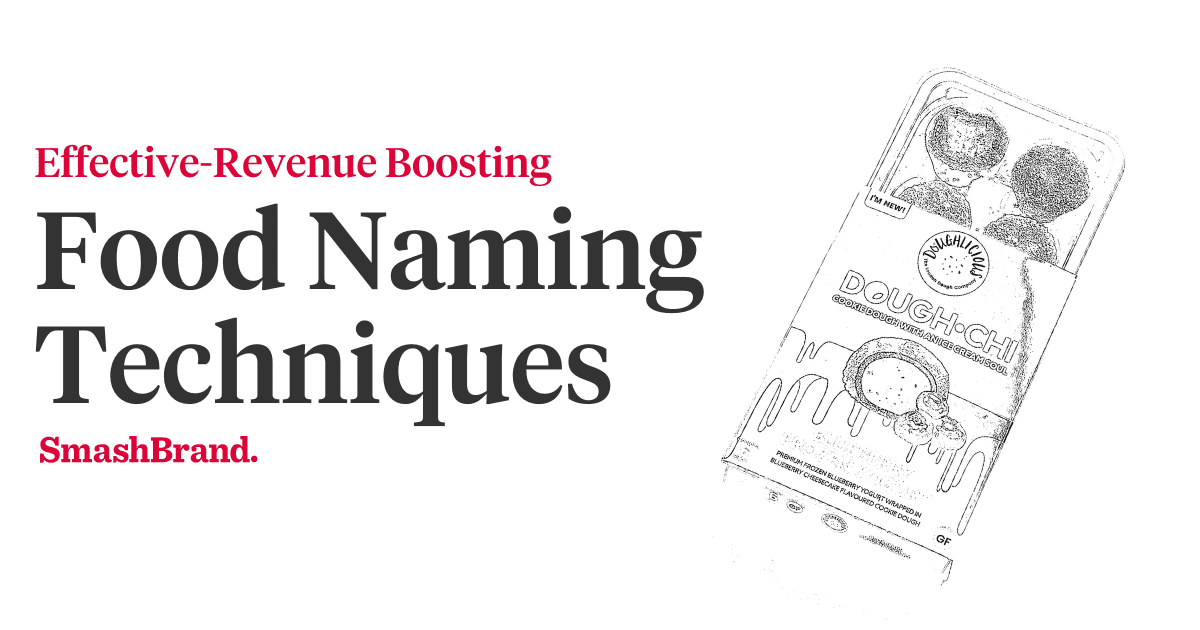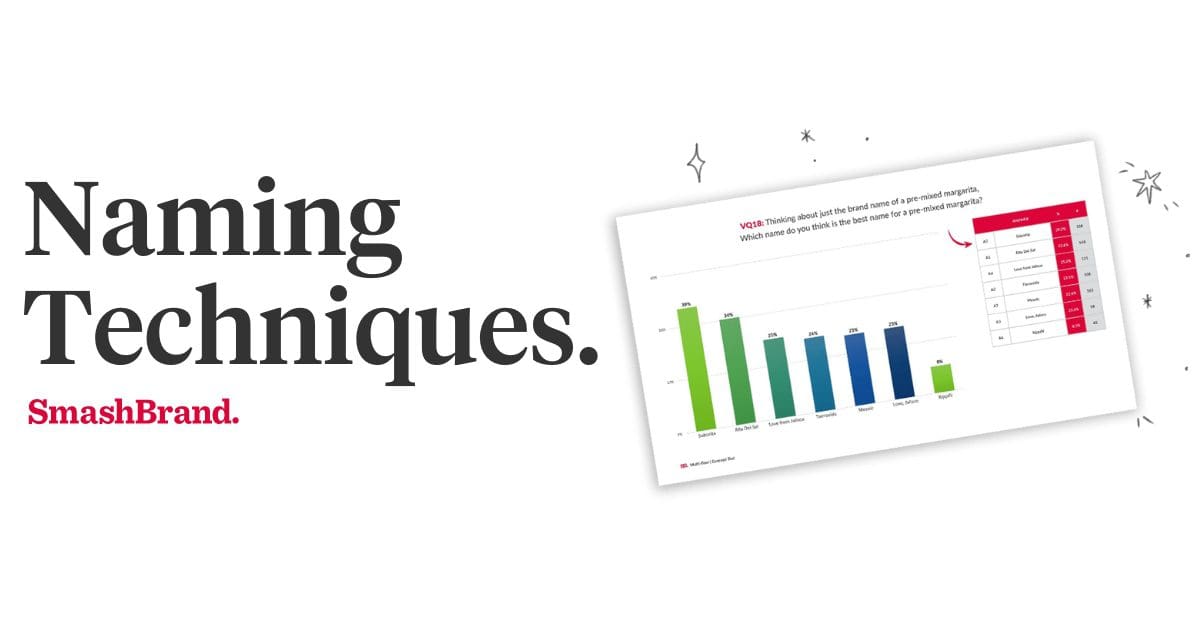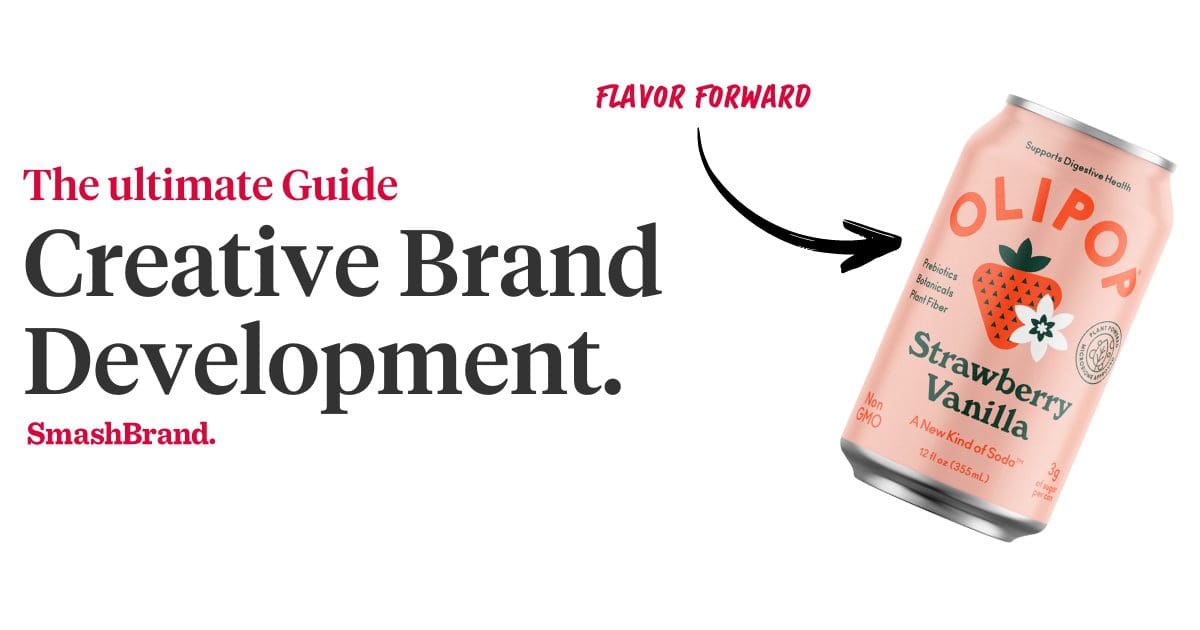Listen to This Article

Package Design Example
When we think about Sweden, we tend to think about meatballs, Ingmar Bergman and abnormally high suicide rates. However, regardless of consistently perpetuated myths (we mean the suicide rate; Ingmar Bergman and meatballs were actually real phenomena, as far as we can tell), we legitimately have Sweden to thank for Anders Soras, who predicted the need for minimal, environmentally responsible packaging design in an era when the consumer’s love for bubble wrap and foam peanuts literally had no bounds.
Take it from a leading packaging design firm, effective packaging must not only incorporate aesthetically pleasing design and sufficient merchandise protection into the final product, it should also use only as few materials as absolutely necessary to minimize environmental impact once the package is discarded. It is estimated that approximately 40 percent of all of the waste tossed out of American households is packaging of some sort – from take-out food containers to the cellophane and cardboard protecting individually wrapped designer grapes.
Food companies and processed food manufacturers are the worst culprits of over-packaging. An item isn’t officially a “snack” unless it comes in small serving packages. Produce doesn’t seem “fresh” unless it is individually shrink-wrapped. The “flavor burst” simply isn’t as potent unless we can unwrap multiple layers of wrapping; each layer delineating the promise of extreme palate euphoria.
Not only does wasteful packaging have disastrous environmental consequences, it annoys the consumer. It is estimated that the percentage of American consumers who feel a responsibility for recycling product packaging is diminishing, and we can only speculate that it is due to manufacturers’ insistence upon using surplus materials for their products. The fact that a high percentage of consumers will grudgingly sort and recycle their packaging waste should not be an invitation to design your product in layer after layer of cool but useless packaging. However, the packaging paradigm isn’t as simple as less is more. Hence, we have:
Get your Hands on the SmashReport!
And enter to win a FREE brand diagnosis worth $20,000.
*The SmashReport is a monthly newsletter for FMCG and CPG brands, helping them stand out in the competitive retail marketplace.
The Innventia AB Model
The Innventia AB model (also known as the Sörås curve) is a metric that determines the optimum balance between product protection and environmental consequence. While one may think that reducing packaging material across the board would be a good thing for the environment, the environmental impact of product losses due to damage in transit would have a largely negative environmental result, since it would be the wasted product clogging landfills, not just the packaging. Moreover, whatever money that was saved in reduced packaging would be lost in damaged product.
So, what can we do to ensure maximum protection and minimum ecological damage? Well, the packaging should be designed in conjunction with the product itself, rather than merely being a cool afterthought. Additionally, the package materials should be obtained responsibly and processed sustainably.
Minimal Packaging and Marketing
With all of this talk about environmental responsibility, it’s almost unseemly to explore the many marketing benefits of ecologically sound packaging materials. Nevertheless, every product needs an edge, and many companies choose to use their minimalist packaging style to give it to them. Go ahead; milk that cash cow with the big recycle logo.
With so many consumers recycling their old bottles, boxes and other waste only reluctantly (according to a 2011 study reported by the Los Angeles Times, 62 percent of consumers believe that the responsibility of package recycling should not lay with the consumer), product manufacturers that can minimize their own packaging could grab a significant portion of the market.
So, what have we learned? We learned that bubble wrap and peanuts must be used sparingly, even though we want nothing more than to live in a house made entirely from those materials. We learned that packaging should be minimal, but not so minimal as to provide no protection for the product. We learned that consumers are sick of being bombarded with recycling messages when manufacturers aren’t doing their part to minimize packaging waste. Most importantly, we learned to be skeptical of the promise of a “flavor burst,” which sounds like the unanimous public disgust with Flavor Flav, doesn’t it?
Data-Driven Brand Development
Want a best-selling brand? SmashBrand is a brand development agency for FMCG and CPG companies. From brand strategy to packaging design testing, our Path To Performance™ process guarantees a retail performance lift. Book a time to discuss your project with our team.





